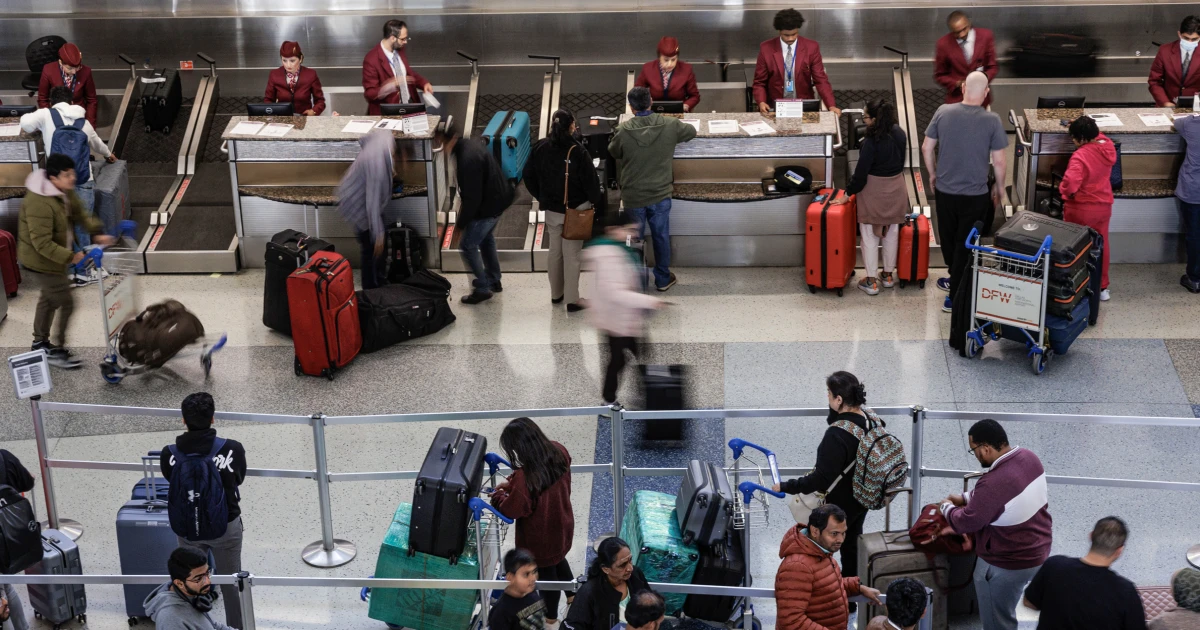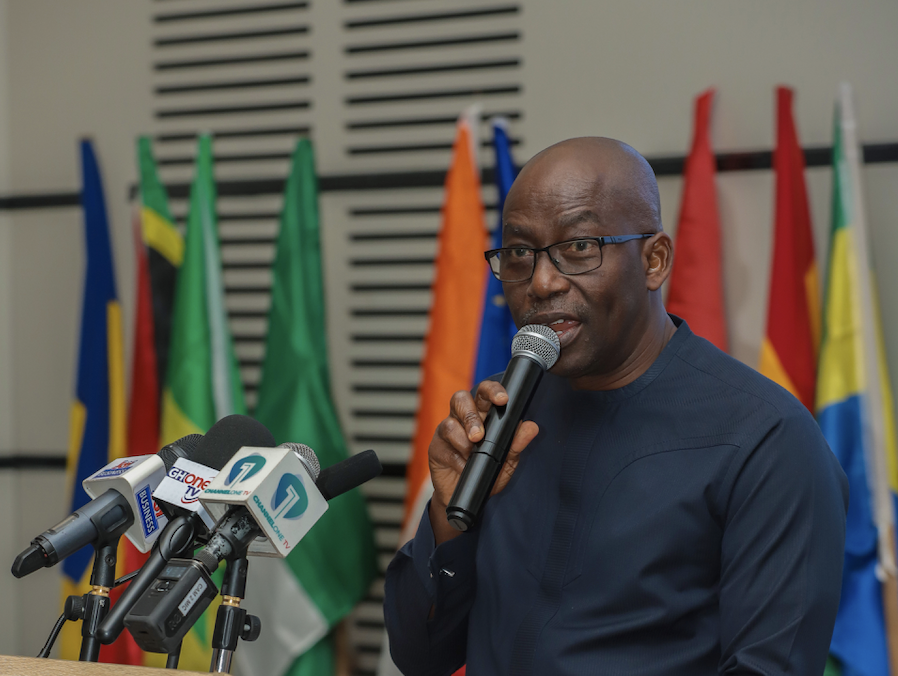
Operations at Dallas Fort Worth International and Dallas Love Field airports returned to normal levels Saturday, following telecommunications equipment issues that led to hundreds of delays and cancellations the day before.
The Federal Aviation Administration said it was working closely with airlines on recovery plans for impacted flights.
Over 280 delays and at least 155 cancellations were reported at Dallas Fort Worth as of Saturday afternoon, according to FlightAware data.
Dallas Fort Worth International Airport is the biggest hub for American Airlines, which was forced to cancel more than 530 flights on Friday and at least 160 on Saturday, David Seymour, the chief operating officer for American, told employees in a letter.
Further, 250 to 300 departures were delayed on Friday, with another 100 delayed Saturday, he said.
He noted that from 3 p.m. and 6 p.m. CT on Friday, only nine American Airlines flights could depart from DFW, a far cry from the typical 100 per hour.
He called Friday “an incredibly challenging day for our airline,” that saw dozens of flights diverted and more than 100,000 customers affected by cancellations, delays, diversions and missed connections.
The Friday disruption was caused by “multiple failures” of TDMI data telecommunications service, which is provided by Frontier, a local telecommunications company, the FAA said. Those issues led to an outage that impacted the FAA’s Dallas TRACON facility.
“Oversight by L3Harris, an FAA contractor, failed to ensure that redundancies in the system functioned properly,” the FAA said, noting the incident is a “clear example” of the agency’s “outdated infrastructure” and “urgent need” to modernize air traffic control systems.
“Moving from aging, analog systems to more resilient, digital technology, is critical to maintaining the reliability and resiliency of the national airspace system,” the FAA said.
In his letter to employees, Seymour said the FAA, L3 Harris and Frontier Communications worked though the night “to make repairs to the system, but were only partially successful.”
He said the FAA informed American that the issue originally stemmed from two cut fiber optic cables, which impacted the primary and secondary paths of data which support all of the area’s FAA radars, radio frequencies and computer systems.
“For American and other operators at DFW, that meant the FAA was unable to release flights in an automated fashion, significantly limiting our ability to depart flights from DFW. The FAA developed alternative methods to release flights from the gate, but they were extremely slow. Based on the volume and the outsized role American plays at DFW, those methods simply couldn’t keep up,” Seymour said.
The COO also expressed frustration as he and American Airlines CEO Robert Isom had “a difficult time” reaching leadership at Frontier and L3Harris as the crisis was unfolding.
“We are extraordinarily disappointed that neither provider seems to have any sense of urgency to resolve this matter,” Seymour said.



